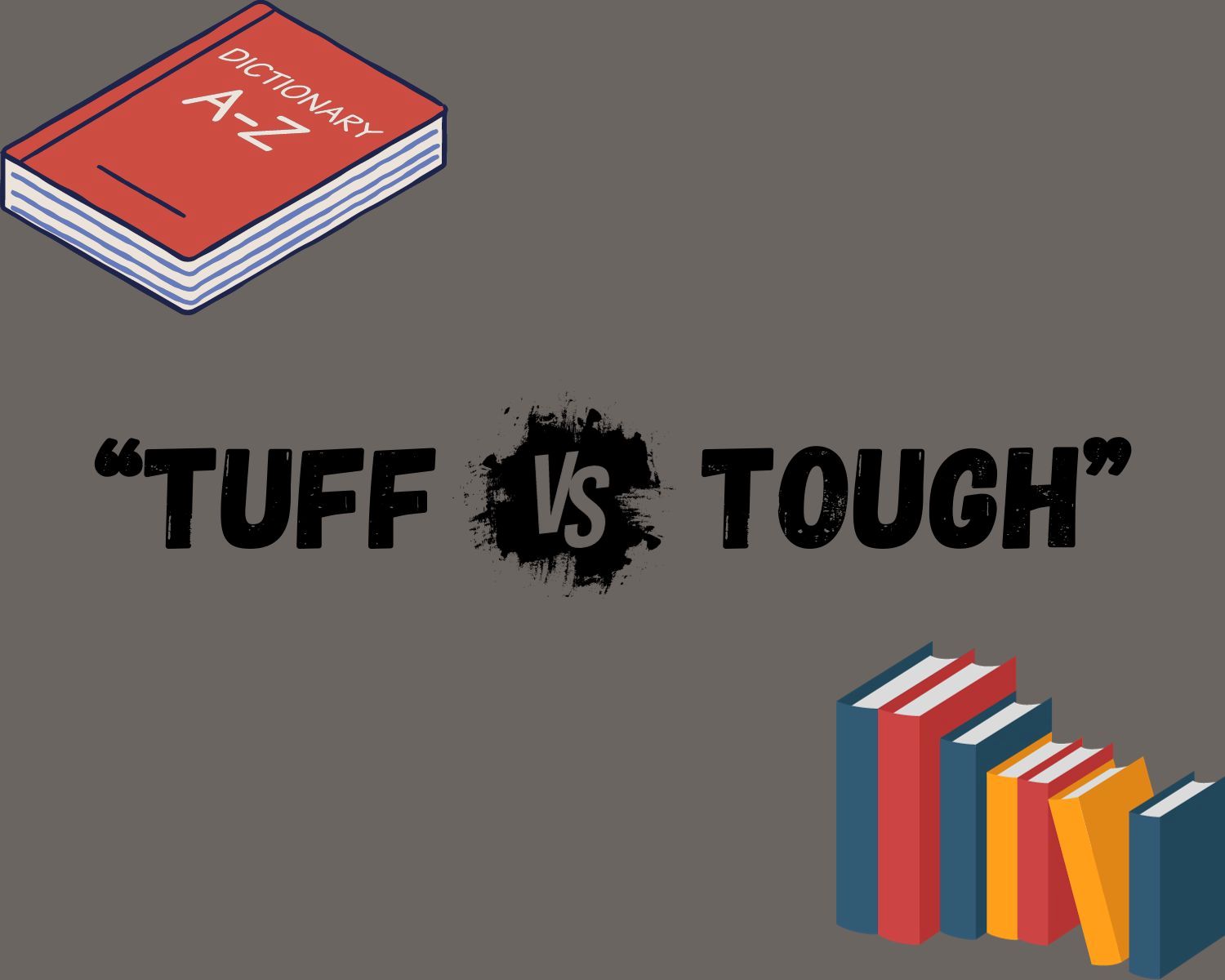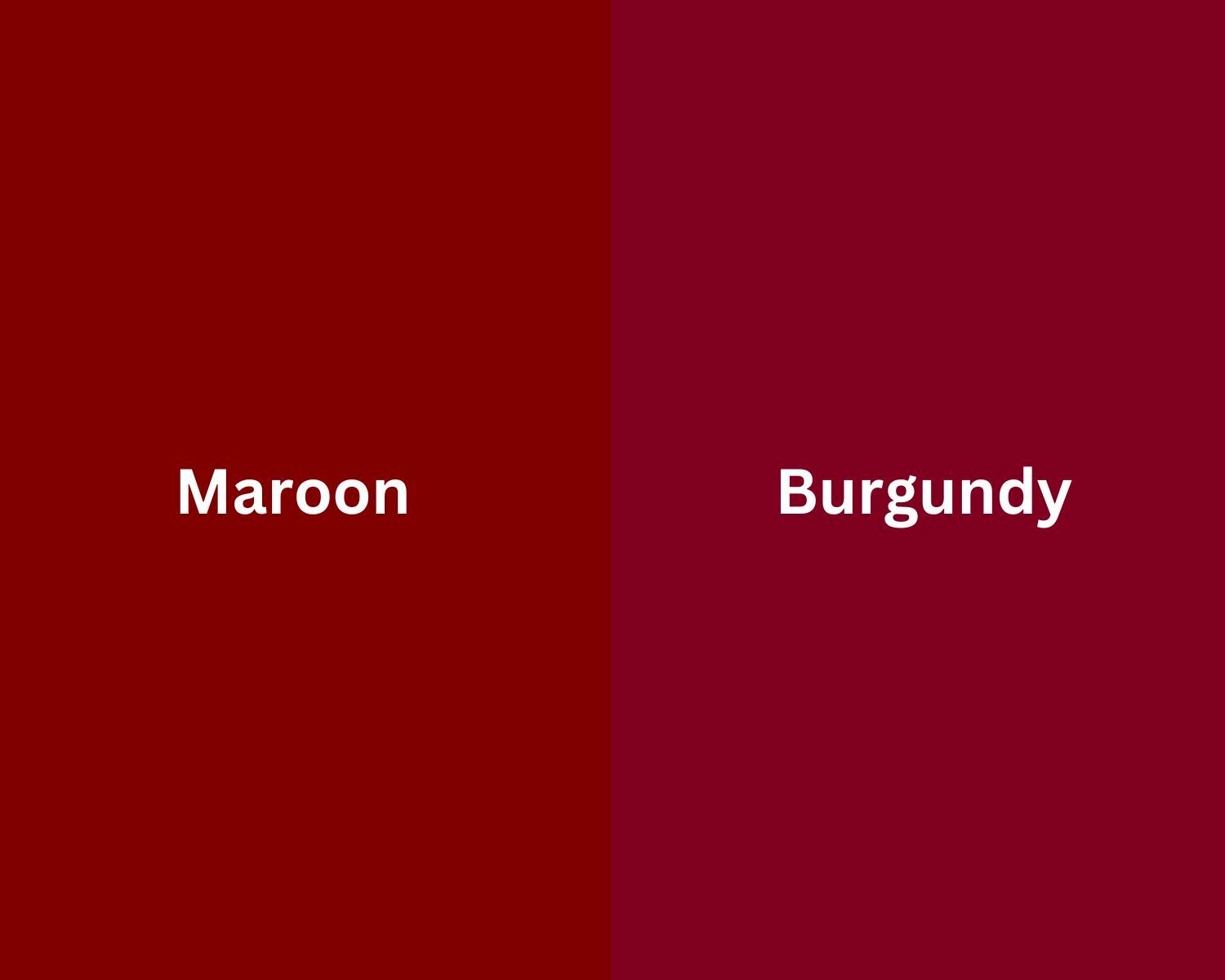Home>Language and Grammar>Tuff Vs Tough: Unraveling The Mystery Of These Similar Words


Language and Grammar
Tuff Vs Tough: Unraveling The Mystery Of These Similar Words
Published: January 19, 2024
Discover the difference between "tuff" and "tough" in this insightful exploration of language and grammar. Unravel the mystery and master the usage of these similar words.
(Many of the links in this article redirect to a specific reviewed product. Your purchase of these products through affiliate links helps to generate commission for Regretless.com, at no extra cost. Learn more)
Table of Contents
Introduction
The English language is a fascinating tapestry of words, each with its own unique nuances and meanings. Among the myriad of words that often cause confusion are "tuff" and "tough." These two words, despite their similar spellings, hold distinct definitions and applications in the English lexicon. Understanding the disparities between "tuff" and "tough" is essential for effective communication and writing.
In this article, we will embark on a journey to unravel the mystery surrounding these similar words. By delving into their definitions, exploring their usage in context, uncovering their etymology and origins, and addressing common mistakes and confusions, we aim to provide a comprehensive understanding of "tuff" and "tough." Whether you're a language enthusiast, a student honing your writing skills, or a professional seeking to refine your communication, this exploration will equip you with the knowledge to wield these words with confidence and precision.
Join us as we navigate the labyrinth of language to discern the subtle yet significant disparities between "tuff" and "tough." Let's embark on this linguistic odyssey to demystify these intriguing terms and gain a deeper appreciation for the rich tapestry of the English language.
Understanding the Definitions
To effectively differentiate between "tuff" and "tough," it is imperative to grasp their individual definitions and contextual applications. Let's start by dissecting the meaning of each word:
Tuff
The term "tuff" is a noun that refers to a type of rock formed from volcanic ash and fragmented material. This porous rock, often light in color, is commonly found in areas with volcanic activity. Its composition typically includes volcanic glass, minerals, and other volcanic debris, creating a distinctive texture that sets it apart from other types of rock formations.
Tough
On the other hand, "tough" is an adjective that embodies resilience, strength, and durability. When describing a person, object, or situation as "tough," it conveys the ability to withstand hardship, pressure, or adverse conditions. This word is frequently used to characterize individuals with unwavering determination, materials with exceptional durability, and challenges that demand resilience.
Distinctive Attributes
While "tuff" pertains to a specific type of rock, "tough" encompasses a broad spectrum of attributes related to strength and resilience. Understanding the nuanced differences in their definitions is crucial for employing these words accurately in both spoken and written communication.
By comprehending the precise meanings of "tuff" and "tough," individuals can navigate the English language with clarity and precision, ensuring that these terms are utilized in contexts that align with their distinct definitions. This foundational understanding sets the stage for exploring the contextual applications of "tuff" and "tough" in various scenarios, further enriching our linguistic comprehension and communication prowess.
Usage in Context
In the realm of language, the context in which words are employed plays a pivotal role in conveying precise meanings. Let's delve into the nuanced usage of "tuff" and "tough" within distinct contexts to gain a comprehensive understanding of their applications.
Tuff
When discussing geological formations and volcanic landscapes, the term "tuff" takes center stage. Geologists and nature enthusiasts often marvel at the unique characteristics of tuff, describing its porous nature, light coloration, and volcanic origins. For example, a geologist might lead an expedition to study the ancient tuff formations in a volcanic region, unraveling the geological history embedded within these remarkable rocks. In this context, "tuff" serves as a specialized term within the domain of earth sciences, offering a precise descriptor for a specific type of rock formation.
Tough
Conversely, the adjective "tough" permeates diverse realms, encapsulating a spectrum of meanings related to resilience, durability, and fortitude. In the realm of sports, athletes are often lauded for their tough performances, showcasing unwavering determination and resilience in the face of formidable opponents. Similarly, when describing materials such as steel, fabric, or armor, the term "tough" underscores their ability to withstand stress, wear, and external forces. Furthermore, individuals facing arduous challenges or adverse circumstances are frequently described as "tough," reflecting their resilience and tenacity in navigating life's trials.
Nuanced Applications
The distinct contextual applications of "tuff" and "tough" underscore the multifaceted nature of the English language. While "tuff" finds its niche in geological discourse, "tough" permeates everyday conversations, literature, and various specialized domains. By discerning the appropriate contexts for each term, individuals can effectively communicate their intended meanings, fostering clarity and precision in verbal and written exchanges.
Navigating the intricate tapestry of language requires a keen awareness of contextual nuances, enabling individuals to wield words with finesse and accuracy. As we unravel the diverse contexts in which "tuff" and "tough" thrive, we gain a deeper appreciation for the dynamic nature of language and its capacity to encapsulate a myriad of meanings within distinct spheres of human experience.
Etymology and Origins
The etymology and origins of words provide a captivating glimpse into their historical evolution and linguistic roots. Unraveling the etymological tapestry of "tuff" and "tough" unveils intriguing narratives that span centuries and traverse diverse cultural landscapes.
Tuff
The term "tuff" traces its origins to the Italian word "tufo," which denotes a porous rock formed from consolidated volcanic ash. The Italian "tufo" finds its roots in the Latin "tōphus," signifying a volcanic rock. This etymological lineage reflects the historical significance of volcanic landscapes in shaping the terminology associated with tuff. From the ancient Roman fascination with volcanic formations to the modern geological discourse, the term "tuff" embodies a rich historical legacy rooted in the geological marvels of volcanic regions.
Tough
In contrast, the adjective "tough" has a diverse etymological journey that intertwines Old English, Old High German, and Old Norse influences. The Old English "tōh" and the Old High German "zāh" converge with the Old Norse "tómr," collectively shaping the early iterations of the word "tough." These ancestral roots encapsulate meanings related to strength, tenacity, and resilience, reflecting the enduring human fascination with fortitude and durability. The evolution of "tough" across linguistic traditions underscores its universal relevance in portraying steadfastness and robustness in various contexts.
Linguistic Tapestry
The etymological exploration of "tuff" and "tough" unveils a rich tapestry of linguistic evolution, cultural exchanges, and historical influences. From the volcanic landscapes of ancient Italy to the resilient spirit embodied in Old English, these words encapsulate the enduring resonance of human experiences and natural phenomena.
By delving into the etymological origins of "tuff" and "tough," we gain a profound appreciation for the intricate interplay of language, history, and human expression. The etymology of these words serves as a testament to the enduring legacy of linguistic evolution, inviting us to embark on a captivating journey through the annals of language and culture.
Common Mistakes and Confusions
The similarities in the spellings of "tuff" and "tough" often lead to common errors and confusions in written and verbal communication. Understanding the distinct meanings and applications of these words is crucial for avoiding linguistic pitfalls. Here are some common mistakes and confusions associated with "tuff" and "tough":
Spelling Errors:
One of the primary sources of confusion stems from spelling errors. The visual resemblance between "tuff" and "tough" can result in inadvertent misspellings, especially in informal or hastily written contexts. It is essential to exercise vigilance and precision when differentiating between these terms to prevent spelling mishaps.
Incorrect Usage:
Misusing "tuff" in contexts that require the adjective "tough" and vice versa is a prevalent error. For instance, mistakenly describing a resilient individual as "tuff" instead of "tough" can distort the intended meaning and undermine the clarity of expression. Similarly, erroneously attributing durability to a rock formation using the term "tough" instead of "tuff" can lead to semantic inaccuracies.
Pronunciation Ambiguity:
The phonetic resemblance between "tuff" and "tough" contributes to pronunciation ambiguity, particularly for individuals encountering these words in spoken discourse. This ambiguity can perpetuate misunderstandings and hinder effective verbal communication. Clarity in pronunciation is essential to convey the intended meanings accurately.
Contextual Misapplication:
Another common pitfall involves the misapplication of "tuff" and "tough" within specific contexts. Failing to discern the appropriate usage of these words in geological discussions, literary compositions, or everyday conversations can lead to contextual misalignment and semantic distortions. Precision in contextual application is pivotal for conveying intended meanings effectively.
Semantic Confusions:
Semantic confusions may arise when the distinct definitions of "tuff" and "tough" are conflated or misinterpreted. These confusions can impede the seamless transmission of ideas and concepts, hindering the clarity and precision of communication. A nuanced understanding of the precise meanings of these words is indispensable for mitigating semantic confusions.
By illuminating these common mistakes and confusions, individuals can bolster their linguistic acumen and navigate the intricate terrain of language with heightened accuracy and clarity. Vigilance in spelling, precision in usage, clarity in pronunciation, discernment in contextual application, and a nuanced grasp of semantics collectively contribute to the adept utilization of "tuff" and "tough" in diverse communicative settings.
Conclusion
In conclusion, the exploration of the distinct yet intertwined realms of "tuff" and "tough" has unveiled a rich tapestry of linguistic diversity, historical evolution, and contextual significance. By delving into the definitions, usage in context, etymology and origins, and common mistakes and confusions surrounding these words, we have gained a nuanced understanding of their multifaceted nature within the English language.
The journey through the definitions of "tuff" and "tough" has illuminated their individual identities, with "tuff" embodying the geological marvels of volcanic landscapes and "tough" encapsulating the resilience and durability inherent in diverse facets of human experience. This foundational comprehension sets the stage for precise and effective communication, enabling individuals to wield these words with clarity and accuracy.
Exploring the contextual applications of "tuff" and "tough" has underscored their diverse spheres of influence, from geological discourse and scientific exploration to everyday conversations and literary expressions. The nuanced contextual nuances have highlighted the dynamic adaptability of these words, enriching the expressive palette available to speakers and writers.
Unraveling the etymological origins of "tuff" and "tough" has unveiled captivating narratives that traverse ancient civilizations, cultural exchanges, and linguistic evolution. The historical resonance embedded within the etymology of these words serves as a testament to the enduring legacy of human expression and the rich tapestry of linguistic heritage.
By shedding light on common mistakes and confusions surrounding "tuff" and "tough," this exploration has equipped individuals with the awareness and vigilance necessary to navigate linguistic pitfalls and communicate with precision. The clarity in spelling, usage, pronunciation, contextual application, and semantic interpretation serves as a beacon guiding individuals toward adept and effective language utilization.
In essence, the unraveling of the mystery surrounding "tuff" and "tough" has not only deepened our linguistic acumen but also fostered a profound appreciation for the intricate interplay of language, history, and human expression. As we continue to engage with the rich tapestry of the English language, the distinctions and connections between "tuff" and "tough" serve as a testament to the enduring dynamism and depth of human communication.











